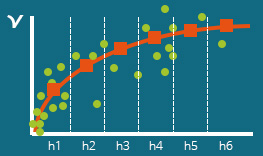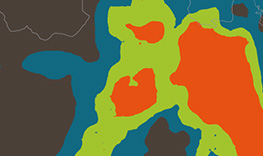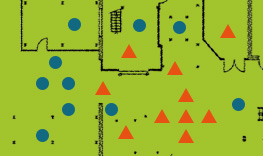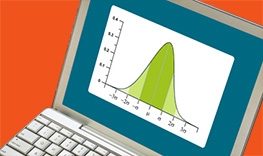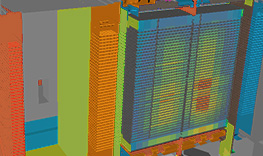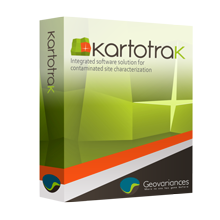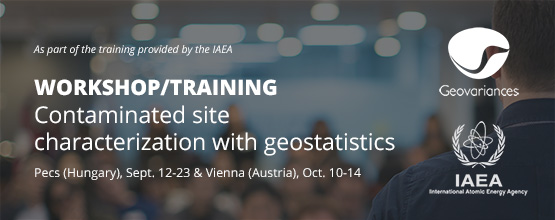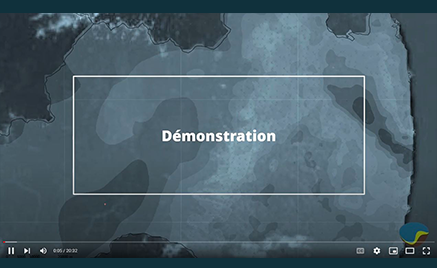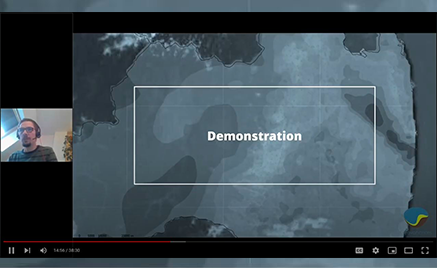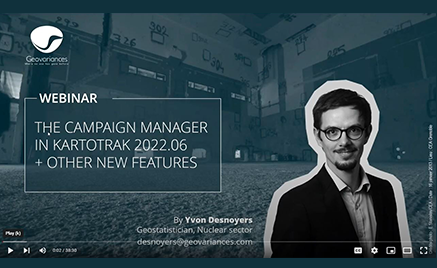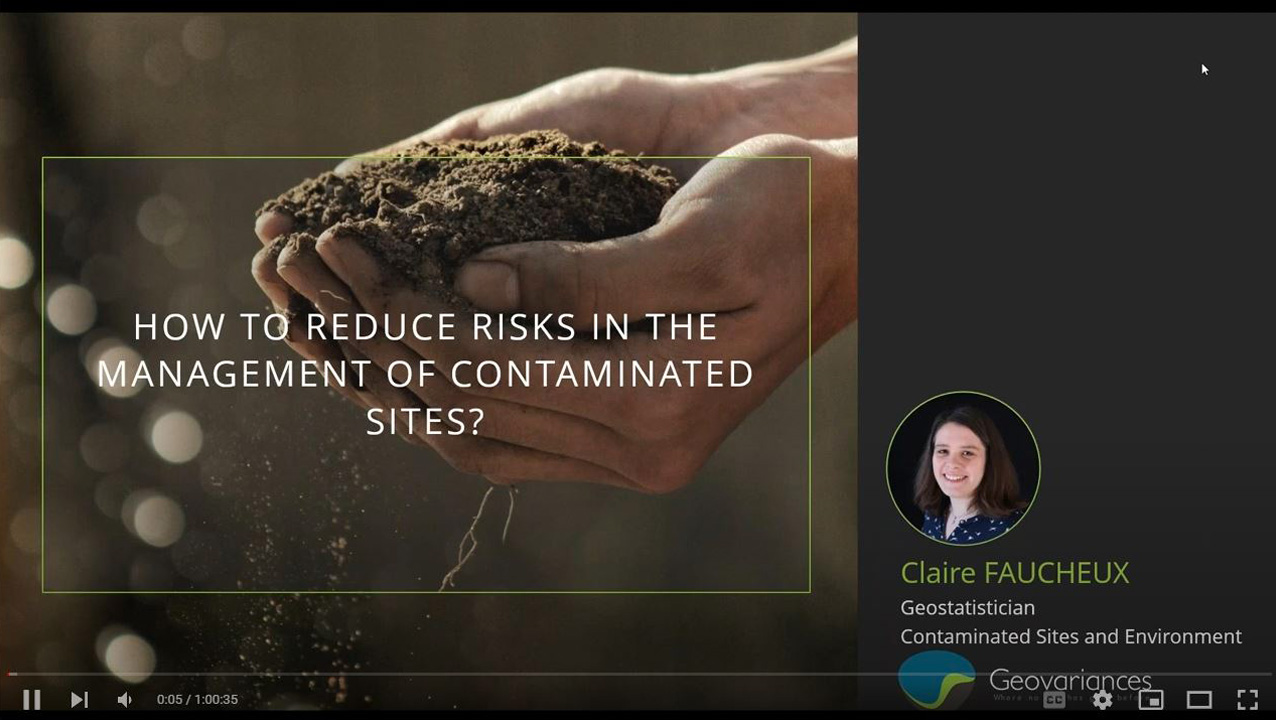Geostatistics for the characterization of nuclear facilities, sites and waste
Geostatistics is a relevant tool for characterizing the radioactivity at each phase of a decommissioning project (during operation, after shut-down, or during dismantling), a site remediation project (during site investigation and after remediation work to check the site compliance with cleanup regulations) or in post-accidental context.
Whatever the phenomenon (contamination, activation, NORM, …) and the impacted materials (soil, concrete, groundwater, graphite, process equipment, …), geostatistics offers a range of tools for:
– sampling campaign optimization to meet the quality objectives of each phase of the characterization process,
– identification of the contamination extension,
– sound radiological waste classification enabling a quantified risk analysis that informs decision-making.
In the nuclear industry, geostatistics also advantageously applies to other fields: hydrogeology, carbon content, waste packages, etc.
Make informed-decisions
With our solutions, you can...
Hear from our customers
WHAT IS HAPPENING IN YOUR INDUSTRY?
Resources
-
Kartotrak – Improve contaminated site diagnosis and optimize remediation and decommissioning plans with geostatistics | Optimize sampling campaigns and save on costs. Improve contamination characterization, whether chemical or radioactive. Balance remediation efficiency and waste volumes and make the best decision.
-
Isatis.py, geostatistical Python library by Geovariances | Geovariances Python package for geostatistics
-
Software licensing system & operating system requirements | Geovariances - Software licensing system & operating system requirements
-
Kartotrak | How confident are you with your management plan quality?
-
Kartotrak | Etes-vous sûr de la qualité de vos plans de gestion ?
-
Enhancing environmental radionuclides tracking: High-resolution isotopic analysis using NanoSIMS | Presented at Goldschmidt Pragues 2025 - Louise Darricau (IRSN)
-
Geostatistical mapping of a contaminated riverbank in Norway – ICRER 2022 | ICRER 2022 - T. K. Eriksen (Institute for Energy Technology, NUK Kjeller, Norway) and Y. Desnoyers (Geovariances)
-
Geostatistical mapping of two nuclear sites in Norway – ICRER 2022 | ICRER 2022 - M. Bourgeaux-Goget (IFE) and Y. Desnoyers (Geovariances)
-
Characterization of Radioactively Contaminated Land – IAEA Nuclear Back End Webinar Series 3.5
-
Methodology for the Estimation of Contaminated soil by a Geostatistics-based method | WM2023 - E. Moreno (CEA Marcoule), Y. Desnoyers (Geovariances), I. Bisel (CEA Marcoule) and P. Marty (CEA Marcoule)
-
Assessment of ambient dose equivalent rate distribution patterns in a forested-rugged terrain using field-measured and modeled dose equivalent rates | M. Yasumiishi, P. Masoudi, T. Nishimura, K. Ochi, X. Ye, J. Aldstadt, M. Komissarov - Radiation Measurements, Volume 168, 2023, 106978, ISSN 1350-4487, https://doi.org/10.1016/j.radmeas.2023.106978.
-
Fuzzy membership function for weighting pairs in variographical analysis | P. Masoudi, Spatial Statistics, Volume 52, December 2022, 100717, ISSN 2211-6753, https://doi.org/10.1016/j.spasta.2022.100717
-
Methodology for Contamination Estimation by a Geostatistic-based Method | WM2023 - E. Moreno (CEA Marcoule), Y. Desnoyers (Geovariances), I. Bisel (CEA Marcoule) and P. Marty (CEA Marcoule)
-
Smart use of the variogram to explore spatial data, break down variance contributions and model radiological contaminations | by Yvon Desnoyers - Presented at the workshop "Statistical methods for safety and decommissioning" - Nov. 22-24, 2022 - Research Group MASCOT-NUM
-
Metallographic characterization by variographic analysis and geostatistical simulation of local segregation microstructures in a heavy thickness forged part in SA508 Gr3 Cl2 type steel | FONTEVRAUD 10, 2022 - Y. Desnoyers (Geovariances), P. Masoudi (Geovariances), P. Joly (Framatome), E. Deneuvillers (Framatome)

